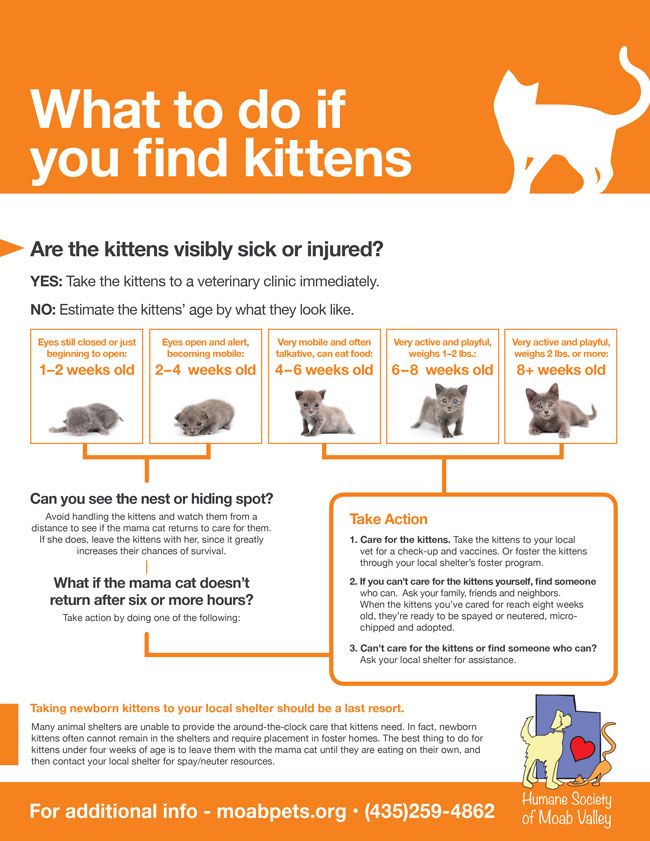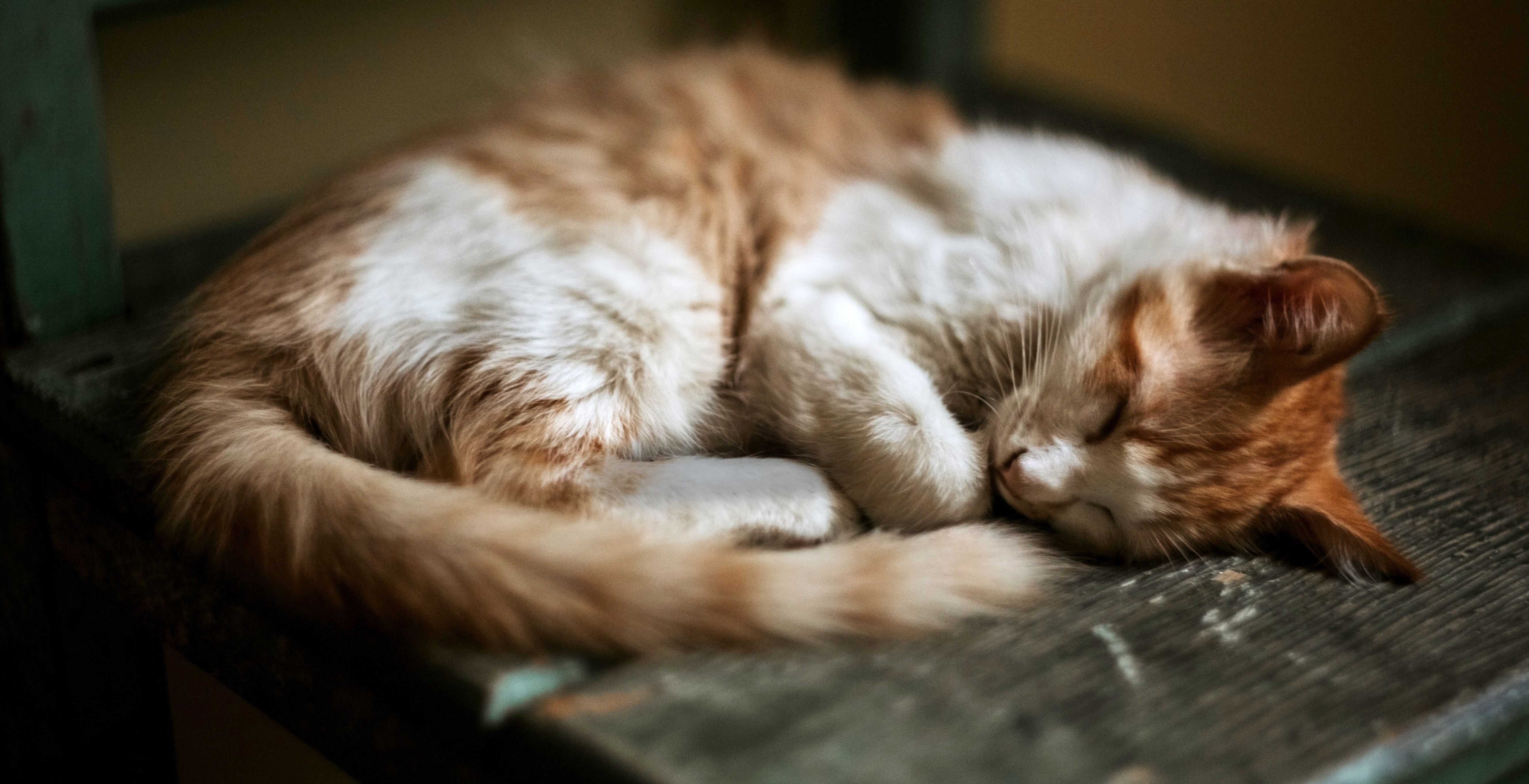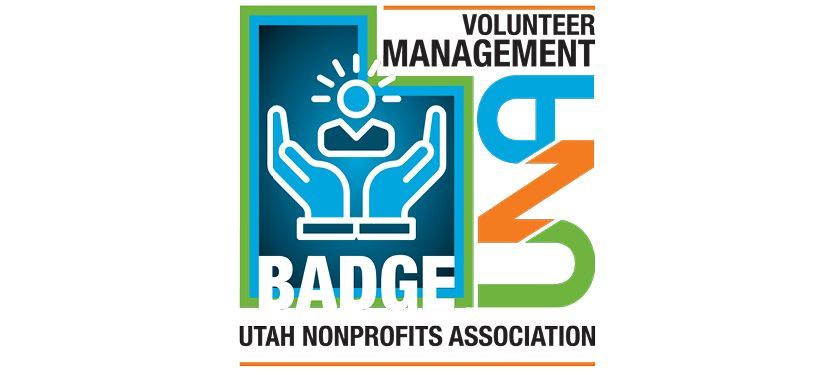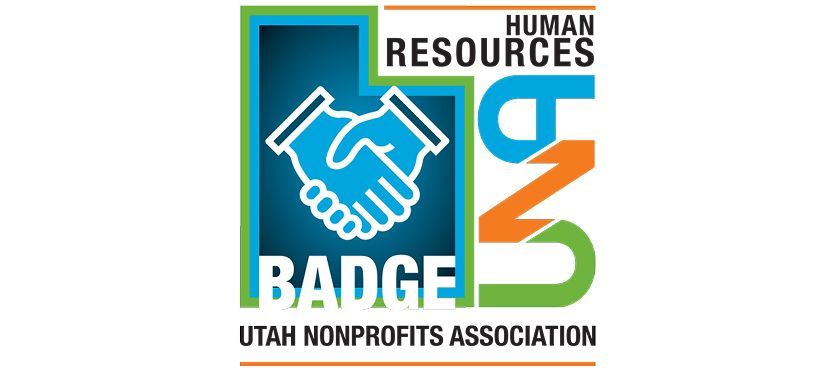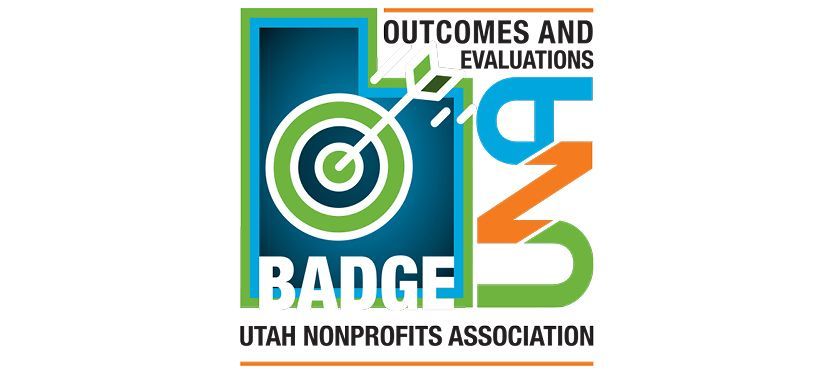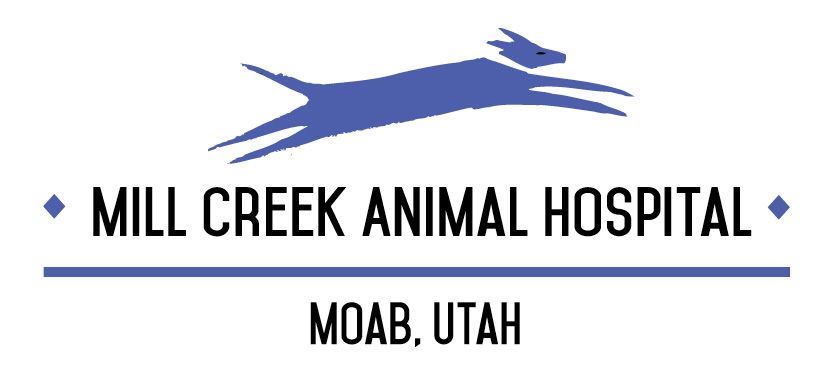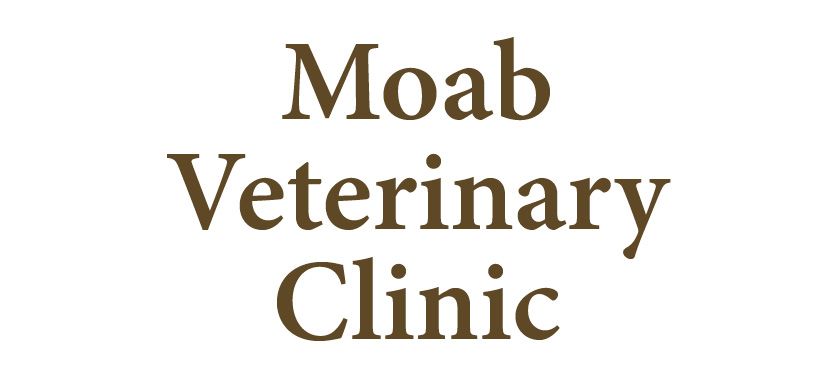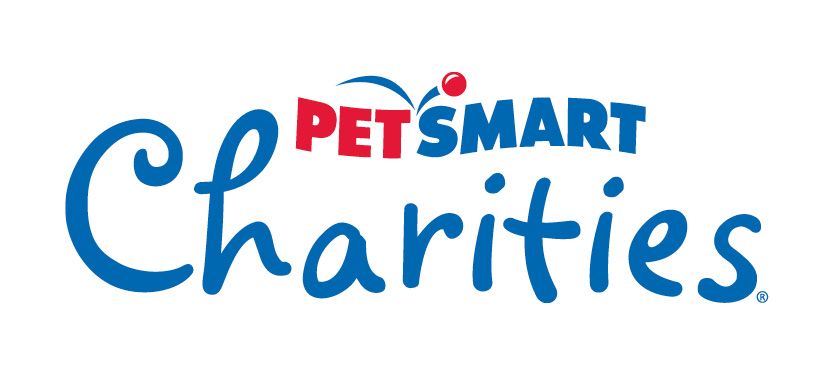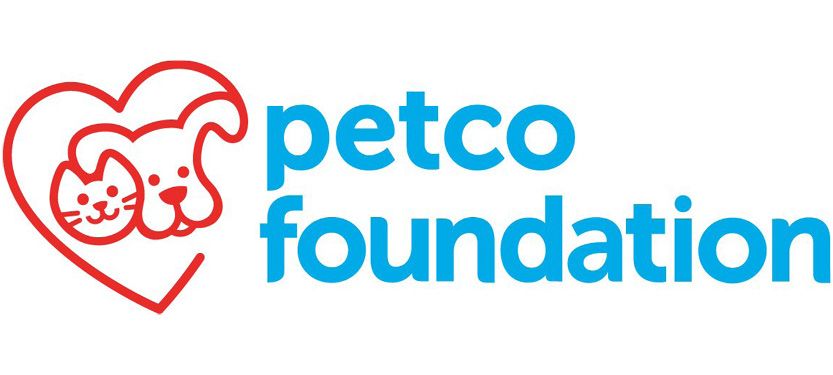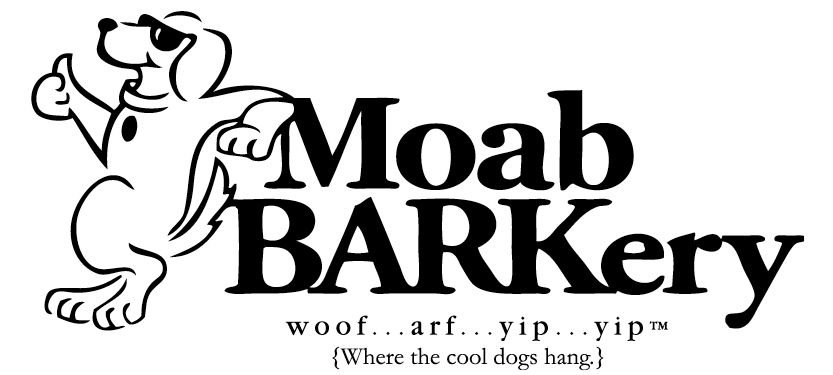Trap, Neuter and Return (TNR) Program

TNR Program for Community and Feral Cats
A “Stray” cat is a cat who is healthy and friendly and strayed away from their home. It does not have a “tipped” ear. If you feed outdoor cats you will attract stray animals (and wildlife). Please DO NOT feed stray animals and DO NOT feed your animals outside. Cats – even beloved pets who sleep in their owners beds, will come to additional food sources.
A "Community" cat is also called a feral cat, stray cat, or alley cat. They got to where they are because they were abandoned or strayed away from home and got lost. When pet cats are forced to fend for themselves outdoors, they often turn feral (wild). They are wary of people, unadoptable, and live outdoors on their own.
A “Feral” cat is a cat that was born and grew up without handling by humans. These cats are considered wild animals and react as such. They cannot be picked up or handled by people. They can bond with their food source but rarely with more than one person and are not considered “adoptable” animals.
Feral cats have been living outside in close proximity to humans for over 10,000 years. Outdoor cats live in family groups called colonies. Cats are bonded to their environments and colonies. They lead healthy, natural lives on their own, content in their outdoor home. Humane Society traps and neuters these cats to control the population and recruits a volunteer to feed and maintain a watch over the colony. A community/feral cat will have a “tipped” ear if it has been neutered. Just feeding feral cats without trapping and neutering ADDS to the problem. Please do not start feeding wild or stray cats unless you are prepared to help trap, neuter and maintain a colony with the help of HSMV.
Why should anyone care about feral cats?
If feral and stray cats are not sterilized, they give birth to feral kittens. Cats reproduce at an alarming rate. The American Society for the Prevention of Cruelty to Animals (ASPCA) estimates that 100-400 cats can result from one unsterilized female cat. Additionally, cat mating behavior (roaming, yowling, spraying, fighting) and cat overpopulation can be a nuisance.
How do communities handle feral cats?
Trap Neuter Return (TNR) is the most effective and lowest cost way to address the community cat issue and is used throughout the U.S. and Europe (https://www.alleycat.org/). Communities with TNR programs humanely trap cats and take them to a veterinarian where they are sterilized, vaccinated, and have their ear tipped to show they are sterilized. They are returned to their colony site where they are provided continuing care by volunteers. Trap-Neuter-Return works. No more kittens. Cat’s lives and neighborhoods improve. The cat population stabilizes and declines over time. However, TNR must continue as long as people abandon cats.
Moab was overrun with community cats before TNR
Randy Zimmerman, retired Animal Control Officer, recounted that before HSMV and volunteers implemented the TNR program, Animal Control would go to one location, trap 30 cats and euthanize them. Six months later, Animal Control would return to that same location, trap 30 more cats, and euthanize them. This was because no sterilization program existed. Statistics from Moab City Shelter show that the city euthanized almost 2,000 cats between 1997 and 2004, at taxpayer expense, in addition to paying salary for Animal Control to set traps, recover trapped cats, and transport them first for euthanization and then to the dump for disposal before our program was implemented.
What is HSMV’s relation to feral cats?
Homeless feral cats do not belong to HSMV. They are not our cats. They are unowned community cats abandoned by their former owners. These cats are the responsibility of the community because they should never have been turned out to fend for themselves to begin with.
HSMV deliberately established the Trap Neuter Return (TNR) program in the early 2000s because neither the City nor the County were addressing this escalating issue.
We have had a solid TNR program in place since 2002 which became “no kill” three years later. To date, we have sterilized more than 4,400 feral cats. In addition to sterilization, ear tipping, and rabies vaccinations, HSMV provides feeding stations with gravity feeders and fresh water to keep cats healthy and nourished. Feeding encourages homeless cats to stay in specific areas where they can be monitored. Available food reduces predation on birds and other small animals.
Our community feral cat program has successfully stopped the runaway feral cat population and reduced Moab’s animal shelter costs. The community cat population has not only stabilized, but it has been steadily declining in response to our program. Currently, volunteers oversee 105 community cats at 10 locations in Grand County. This is down from 187 cats in 16 locations in 2016. This program costs HSMV more than $17,000/year. But it unmistakably works. In 4 years, the community cat population has decreased by 82 cats or 44%.
The bottom line is that cats will live in certain locations whether they are cared for or not. The benefits of caring for them far outweigh the liabilities. It is costly to administer this program. It is far more costly to abandon or oppose it.
With the help of Feral Cat Volunteers, HSMV traps and neuters these animals and if they are easily handled will place them in our Adoption program or place them as Barn cats. Until neutering our pets is a strong social conviction or law – these stray animals will continue to breed and add to the homeless cat problem. Please urge your friends, neighbors and landlords to spay and neuter all pets. The Humane Society has a year-round free or discount program to spay/neuter personal pets.
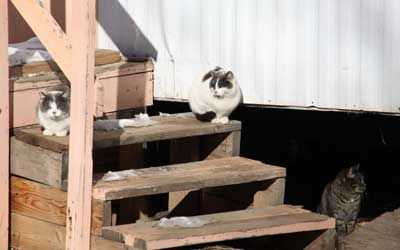
Reporting Options for Stray Cats
City Residents – if you notice a stray in your neighborhood – Please call Moab City Animal Control at 435-259-4321. Less than 10% of stray cats are reunited with their owners because of two main reasons. 1. Owners assume the animal is dead – run over or gotten by a coyote etc. – and never report the missing animal. 2. People do not report stray cats and the owner never has a chance to recover their beloved pet. Please report stray cats! Because of the hard work of volunteers and the Humane Society, the City of Moab has not euthanized a stray adoptable animal since October of 2003. Stray animals are much SAFER in the City Shelter than roaming the streets. Please also report people who have abandoned or are neglecting their pets, Animal Control treats all reports as anonymous (they do not share your name).
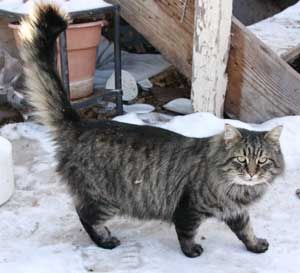
If you live within Moab City limits, you are a citizen of the City of Moab and have every right to call Animal Control about stray animals or diseased or dangerous animals. If you feed stray animals for more than a week and have not reported them to Animal Control – you will be considered their legal owner and you will be responsible for their medical and physical care.
County Residents – you should report stray animals to the Grand County Dispatch at 435-259-8115. Grand County does not have their own facility but animals from the County can be brought to the City Shelter with the permission of the Sheriff’s office. Contact your County Council members if you are interested in having better animal services in the county. It is necessary for Grand County Council members to understand the importance and desire of county residents to have better Animal Services.
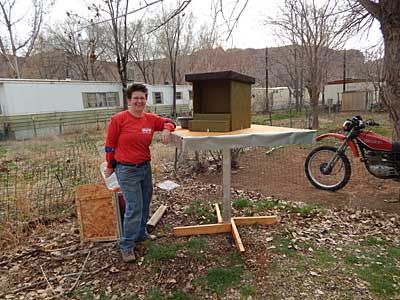
Tammy is a TNR volunteer, she built 2 wild proof feeders for feral cats.
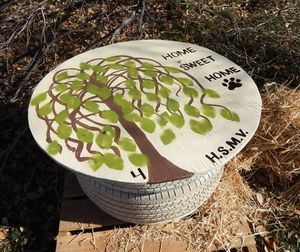
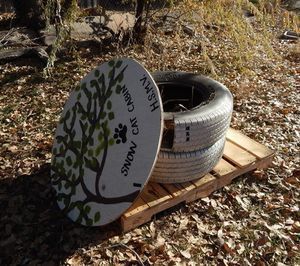
Winter shelters lined with straw for the cats. Shelters were made by volunteers with donations from Walker’s True Value Hardware, Grand Tire Pros, and Farm and City Feed.
